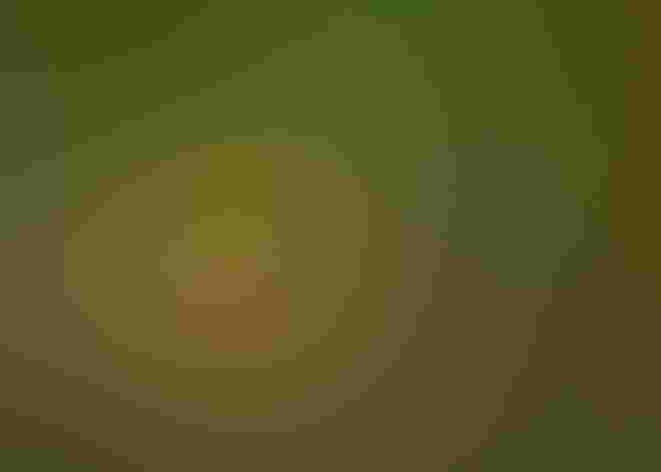Pine Warbler
At a Glance
This well-named bird is not often seen away from pine trees, especially during the breeding season. More sluggish than most of their relatives, Pine Warblers forage in a rather leisurely way at all levels in the pinewoods, from the ground to the treetops. This species is only a short-distance migrant, and almost the entire population spends the winter within the southern United States. Unlike most warblers, it regularly comes to bird feeders for suet or for other soft foods.
All bird guide text and rangemaps adapted from Lives of North American Birds by Kenn Kaufman© 1996, used by permission of Houghton Mifflin Harcourt Publishing Company. All rights reserved.
Category
Perching Birds, Wood Warblers
IUCN Status
Least Concern
Habitat
Forests and Woodlands, Shrublands, Savannas, and Thickets
Region
California, Eastern Canada, Florida, Great Lakes, Mid Atlantic, New England, Plains, Rocky Mountains, Southeast, Texas, Western Canada
Behavior
Direct Flight, Flitter
Population
13.000.000
Range & Identification
Migration & Range Maps
Tends to migrate early in spring and late in fall, and many southern birds may be nonmigratory. Those living on islands in the Caribbean apparently are also permanent residents.
Description
5 1/2" (14 cm). Adults olive above, yellow on chest, with two wing-bars; males have blurry streaks on chest, females plainer. See Yellow-throated Vireo. Fall immatures vary, yellowish to gray. Some resemble fall Blackpoll or Bay-breasted, but have duller wing-bars, no streaks on back, cheek patch shows more contrast.
Size
About the size of a Sparrow
Color
Black, Brown, Green, White, Yellow
Wing Shape
Rounded
Tail Shape
Notched, Square-tipped
Songs and Calls
Musical and somewhat melancholy, a soft, sweet version of the trill of the Chipping Sparrow.
Call Pattern
Flat
Call Type
Chirp/Chip, Trill
Habitat
Chiefly open pine woods, pine barrens. Usually breeds in open pine woods, especially southern longleaf pine forest, sandy barrens of pitch pine with scrub oak undergrowth, jack-pine barrens, and similar habitats. Also sometimes in cedar or cypress. In winter, occurs in a wider variety of habitats including heavily wooded bottomlands, orchards, thickets, woodland edges.
Sign up for Audubon's newsletter to learn more about birds like the Pine Warbler
Behavior
Eggs
3-5, usually 4. Off-white, with brown specks toward the large end. Incubation is by both parents, probably about 10 days.
Young
Both parents bring food for nestlings. Young leave the nest at 10 days of age. Pairs may raise 2-3 broods annually.
Feeding Behavior
Does much climbing on tree trunks and will walk on ground to forage for dormant insects or seeds. Feeds deliberately, gleaning insects from foliage, sometimes hanging from needle clusters like a titmouse. Probes in pine cones for insects. In winter in the south, may forage in flocks with Eastern Bluebirds.
Diet
Insects, seeds, berries. Largely feeds on insects and spiders; diet includes grasshoppers, caterpillars, moths, beetles, ants, bugs, others. When few insects available, often eats seeds of pine, grass, and weeds, also some berries. Will visit bird feeders for suet and other items.
Nesting
Males begin singing on breeding territories in early February in the southern part of their range, in late March or early April in the north. Nest sites located toward the ends of limbs of pines or occasionally other trees, usually 30-50' above the ground, can be 8-135' up. Concealed from below by foliage. Nest (built by female) is deep, open cup of weed stalks, grass stems, strips of bark, pine needles, twigs, spiderweb; lined with feathers.
Conservation
Conservation Status
Surveys suggest that numbers are stable or perhaps even increasing slightly.
Climate Threats Facing the Pine Warbler
Choose a temperature scenario below to see which threats will affect this species as warming increases. The same climate change-driven threats that put birds at risk will affect other wildlife and people, too.










